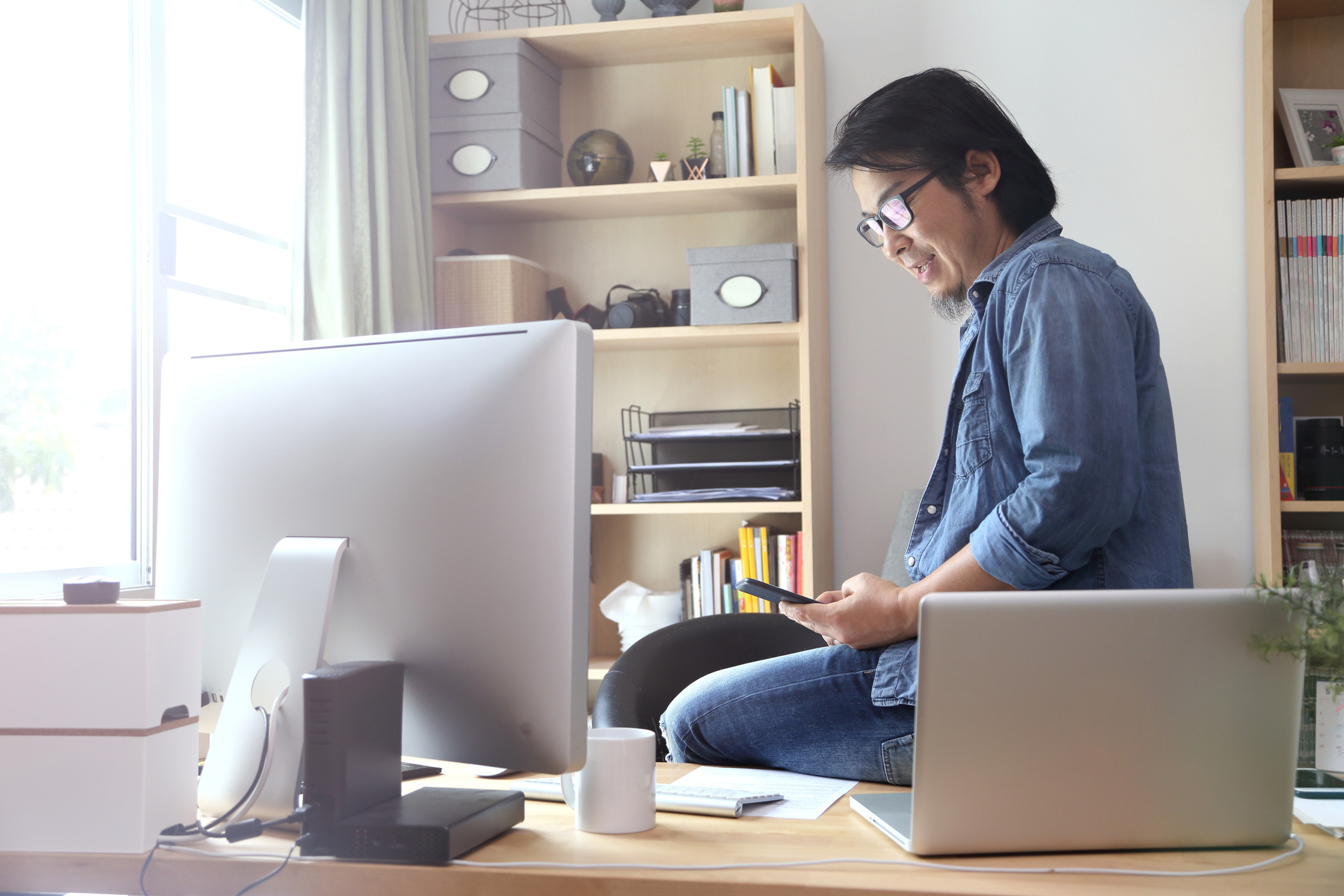
Three ways to save energy while you work from home
More time at home means more energy use.
The good news is that there are simple ways to save energy when you’re home. Here are our top tips.
1. Stay in one place
Moving from room to room while you work is an easy habit to form. Try setting up a dedicated workspace, so you can limit how much power you're using in otherwise empty rooms. For example, avoid keeping the TV on in another room for background noise. Not only will you save energy, but you'll probably concentrate a little better too!
Lower the thermostat a couple degrees as you'll likely work better when it is cooler. Look into geofencing features on your smart thermostat if you have to leave the house for meetings. Geofencing is great for people with inconsistent schedules who can simply rely on the location of the geofence to tell the HVAC system whether it should be on or off.
2. Think about your lighting
Take advantage of natural light during the day instead of relying on overhead lights. Letting the sunshine in can help warm your home naturally during the winter, so you can limit how much you need to turn up the heat. During warmer months though, keep your shades drawn so you can keep the whole house cooler. When you do need to rely on lights, set up task lighting, such as a desk lamp or reading lamp, rather than an overhead ceiling light for a whole room.
3. Manage your tech
Consider setting up a charging station with a smart power strip, so you can limit charging time and phantom power (the energy a device uses when it's in standby mode).
If you're working on a laptop, cycling a battery is good for it. Keeping a laptop plugged in when it's fully charged could reduce its life. More modern laptops do manage this for you where their batteries stop receiving "juice" from the wall outlet when they've reached their maximum charge level. Also, check your laptop to ensure you're optimizing its power and battery saving features.
If you have other devices that you only use occasionally, like a printer or scanner, keep them unplugged or on power bars to reduce phantom power.



